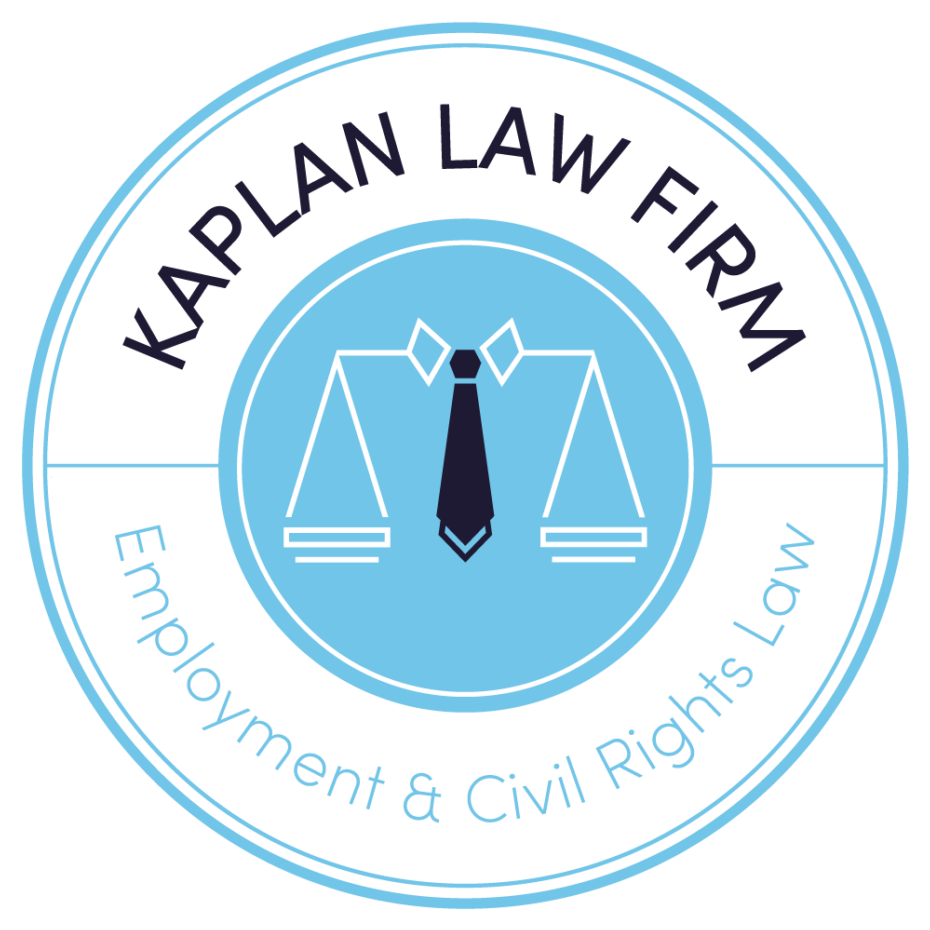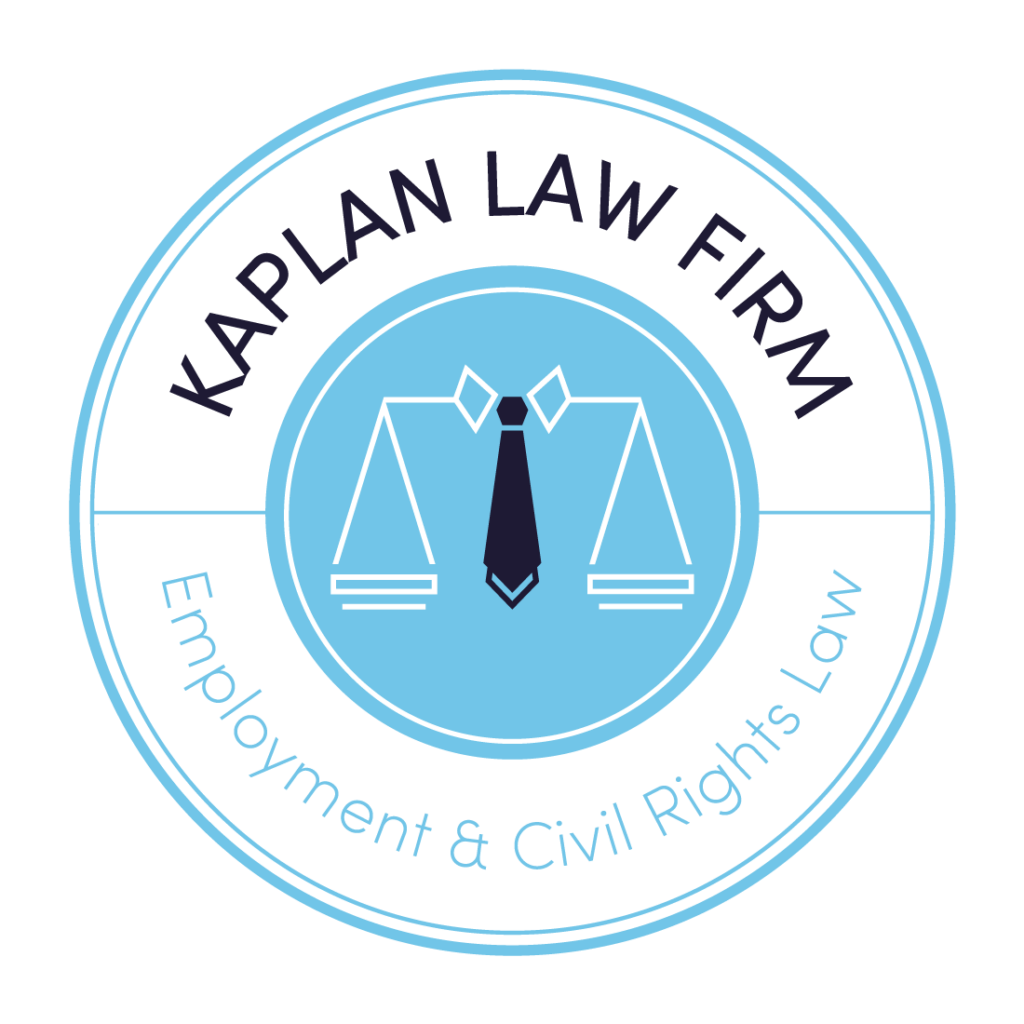SERVING CLIENTS NATIONWIDE | (512) 814-8522 | ILLINOIS OFFICE OPEN NOW
By austin kaplan & ryan estes | march 2021
Austin Kaplan & Ryan Estes Publish in Austin Lawyer: What should you know about employment law during the pandemic?
1. REMOTE WORK
“Do I have a right to work from home during the pandemic?” It depends. According to the EEOC, an employer is not required to continue allowing employees to telework after reopening its workplace. 1 But if an employee has a disability, then the employee could invoke their rights described below.
2. HEALTH RIGHTS
The Americans with Disabilities Act (ADA) protects employees with mental or physical conditions that substantially limit one or more major life activities or bodily functions, and employers must make reasonable accommodations as long as the accommodations are not an undue burden on the employer. What does this mean in the real world? Remote work or taking a leave of absence to avoid a dangerous health situation may—but not “must”—constitute a reasonable ADA accommodation. 2 What if a covered employee requests remote work to avoid potential COVID-19 exposure because of a pre-existing condition?
Generally, the ADA requires an individualized inquiry and that both parties engage in an interactive process to determine next steps. The Family and Medical Leave Act (FMLA) also provides protection for some employees facing serious health conditions. Both employees and employers should review the facts and applicable law to avoid a minefield before making health and medical leave decisions.
3. LAYOFFS
Most Texas employees are at-will, meaning they can be let go at any time for good reason, bad reason, or no reason at all, but not for an illegal reason. State and federal statutes prohibit discrimination on the basis of race, color, religion, national origin, gender, LGBTQ status, 3 pregnancy, disability, age (over 40 years old), veteran status, and others. Just because the company runs a layoff does not mean individuals were not added in discriminatorily. Three major issues have arisen with layoffs: (1) targeting older workers; (2) targeting women, especially in sales; and (3) lack of required notice. Replacing older workers with less qualified younger ones in a layoff may be evidence of age discrimination. Replacing women with men, or new moms with non-parents, may be evidence of pregnancy discrimination. Finally, larger layoffs require compliance with the federal WARN act, meaning companies must give 60 days or as much notice as practicable even to at-will employees. All these claims can be waived in severance agreements, so both employers and employees should consult with counsel before proposing or agreeing to one.
4. WAGE & HOUR/ OVERTIME
Fair Labor Standards Act (FLSA) claims for unpaid wages and overtime will continue to dominate employment lawsuit filings in 2021. Expect significant change in this area as the Biden administration implements worker-friendly regulations and issues (or retracts) opinion letters.
5. FREE SPEECH ISSUES
Can you fire an employee for storming the Capitol? Governmental employees have limited First Amendment rights, but employees of non-public entities do not, and can be fired for any non-prohibited reason. Texas does not prohibit firing people who engage in a protest. For private executives, doctors, and lawyers, always check your employment agreements.
6. WHISTLEBLOWERS
Employees in unionized and non-unionized workplaces may be protected from adverse employment actions if they engage in concerted activity fighting for better wages, hours, or working conditions; 5 report safety violations in health care; or report or oppose an employer’s fraud on the federal government.
7. VACCINES AT WORK?
The jury is still out, but the consensus seems to be that employers can condition continuing employment on vaccination status, subject to accommodations for medical conditions or religious objection. 7 AL
Footnotes
1. See Section D, Question D.15 of the EEOC Guidance updated Dec. 16, 2020. https://www.eeoc.gov/wysk/ what-you-should-know-about-covid- 19-and-ada-rehabilitation-act-andother-eeo-laws.
2. Id.
3. Finally true in the 5th Circuit. See Bostock v. Clayton County, 140 S.Ct. 1731 (2020).
4. See, e.g., https://www.whitehouse. gov/briefing-room/presidentialactions/2021/01/20/regulatoryfreeze-pending-review/. The Biden administration issued a regulatory freeze to all executive agencies hours after his inauguration, indicating forthcoming regulatory changes.
5. See, e.g., https://www.nlrb.gov/rightswe-protect/protected-concertedactivity (explanation of the NLRA’s application to both unionized and non-unionized workplaces).
6. Texas has one non-statutory protection, and it only applies when an employer fires an employee for the sole reason that the employee refused to commit a criminal act.
7. See Section K of the EEOC Guidance updated Dec. 16, 2020. https:// www.eeoc.gov/wysk/what-youshould-know-about-covid-19-andada-rehabilitation-act-and-othereeo-laws.
Schedule Your Appointment
Effortlessly book, manage, & pay for your appointment with one of our attorneys using our secure online scheduler!

